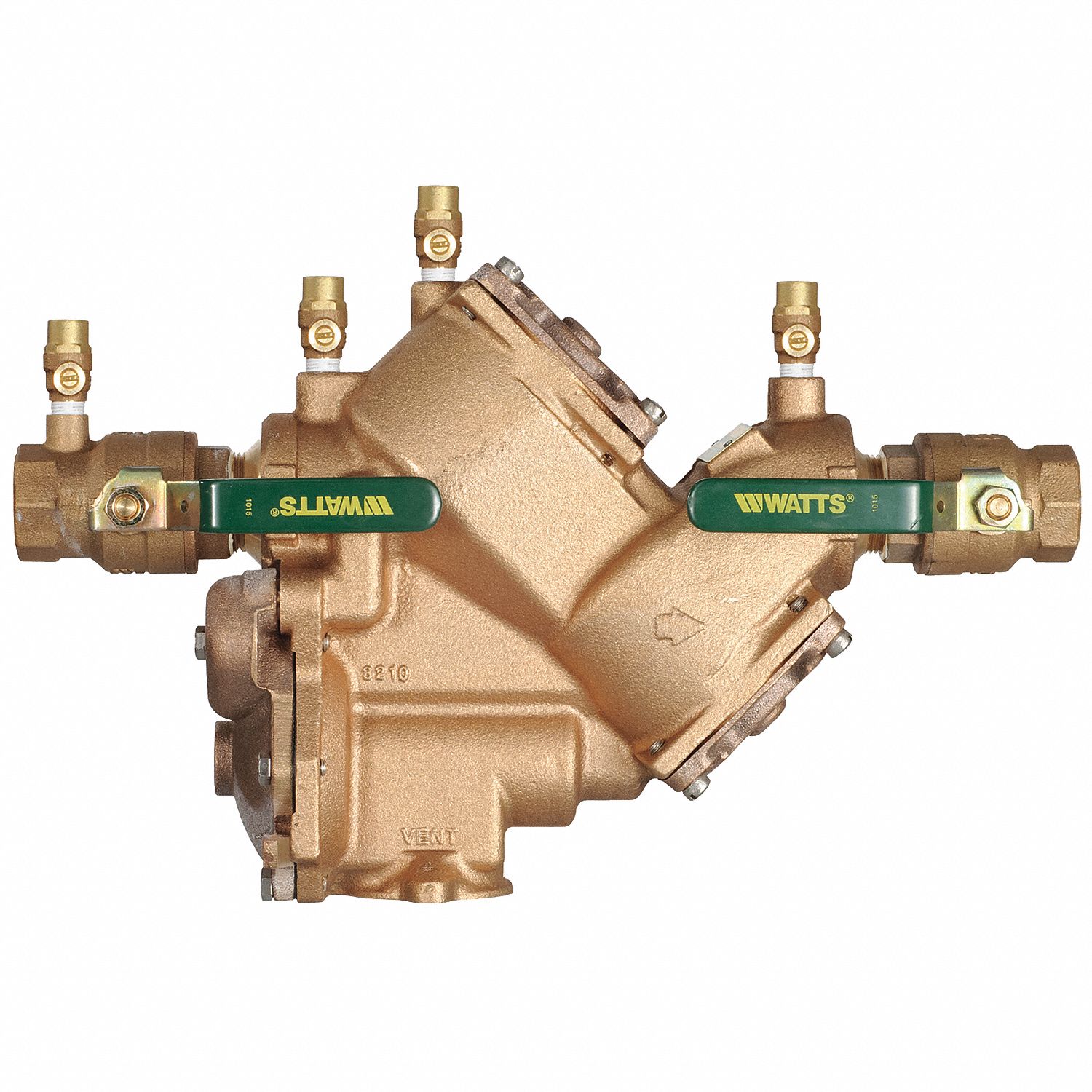How Does a Backflow Preventer Work?
Backflow Valve Explained
Backflow is the reversal of normal water flow caused by a change in water pressure. Backflow can contaminate the water supply whenever a cross connection exists. A cross connection is a link between a potable water system and a non-potable water system like a city's public water lines and a homeowners' or business' private water systems.
A good example of a potential backflow water hazard is a private irrigation system. Homeowners may use pesticides and fertilizers for their yards and if a sudden pressure loss occurs in the city water system, water can potentially pull from the irrigation nozzles and carry the chemicals back through the water line and eventually reaching the public drinking water line.
Backflow prevention is what prevents an undesired water flow to contaminate a different one and in some states, like Califaornia, require by law an anual test of the backflow valve,to confirm it's working correctly.
Types of Backlow Preventer Valves
There are different types of backflow valves used for different purposes.
RPZ - Reduced Pressure Zone
Can be used in all kinds of systems. It is the main workhorse of backflow valves. It consists of two independent check valves that work like a double check backflow preventer but also have an intermediate relief valve that opens if both check valves fail.
Double Check Valve
Cannot be used in high hazard areas like sprinckler systems because they do not contain the same safe components and are not adequate to protect potable city water supplies from backflow contamination on their own.
PVB - Pressure Vacuum Breaker
Can be used in multiple systems and is generally the sprinckler backflow preventer. It is similar to a atmospheric vacuum breaker but PVBs cointain a spring poppet which completely seals the backflow water flow so it can be used in hazardous situations. Most commonly used in households and small businesses.
Watts backflow preventers are commonly preferred due to their quality and high efficiency.
For more information on backflow preventers click here or contact us for product information and guidance.

